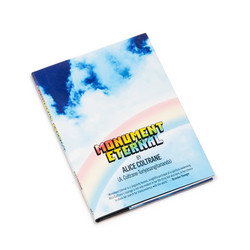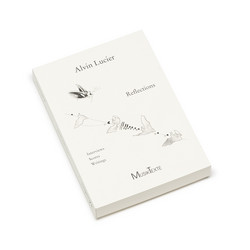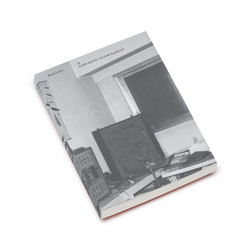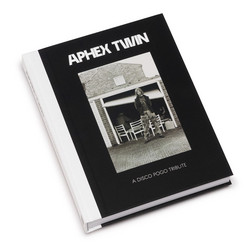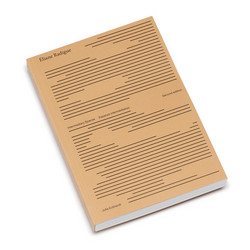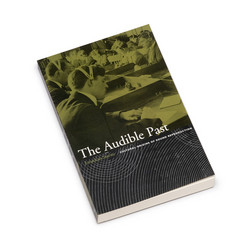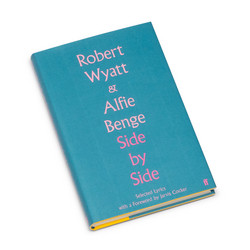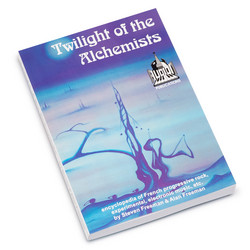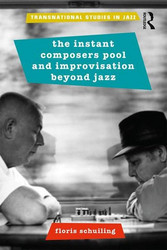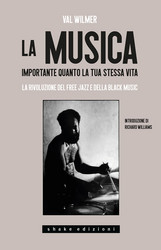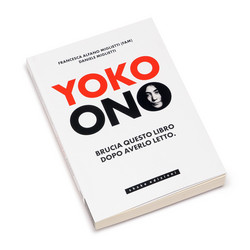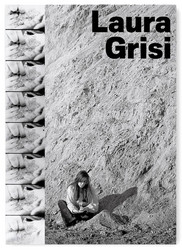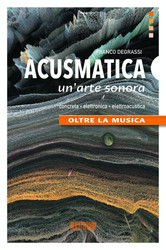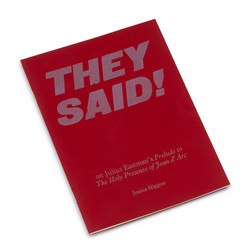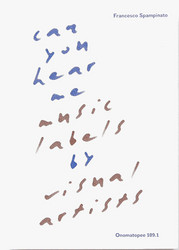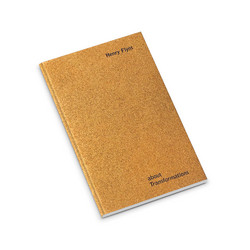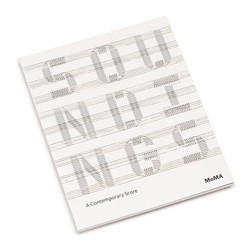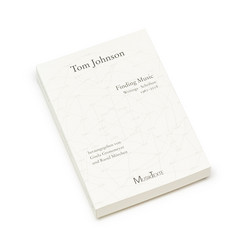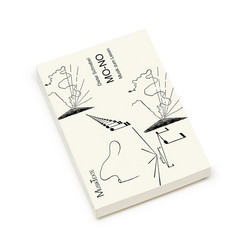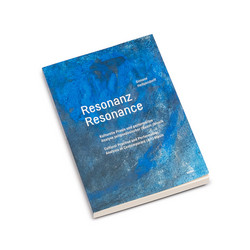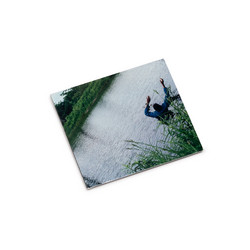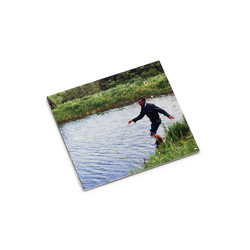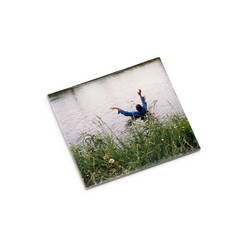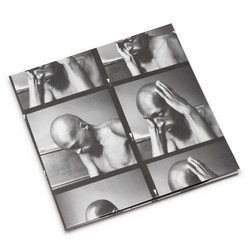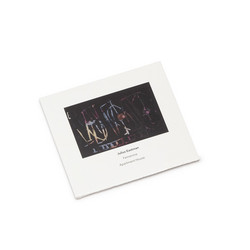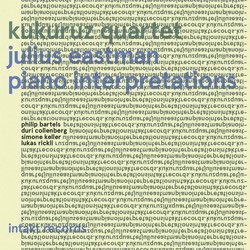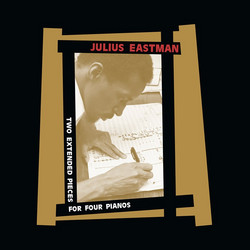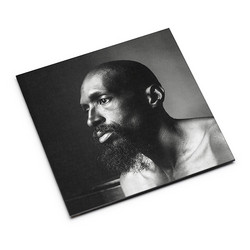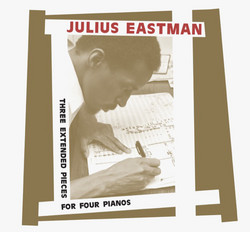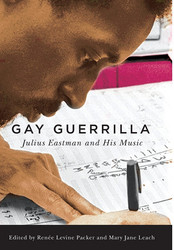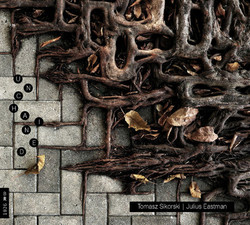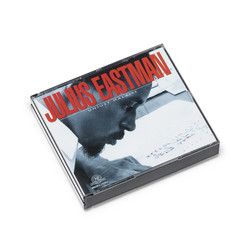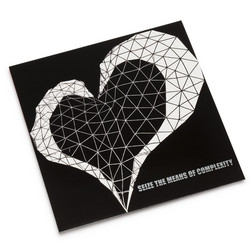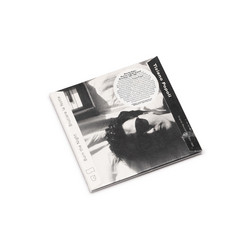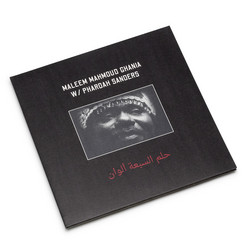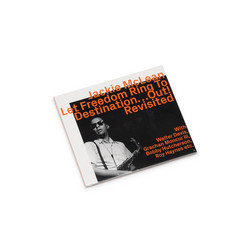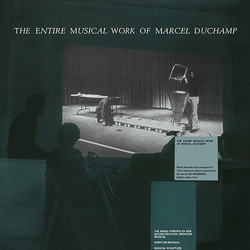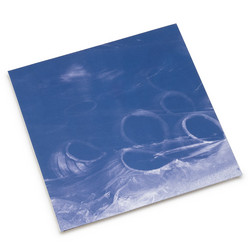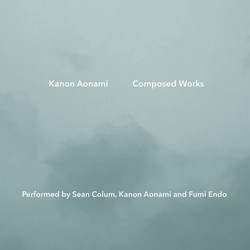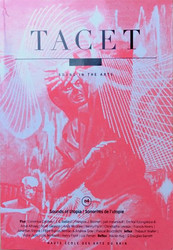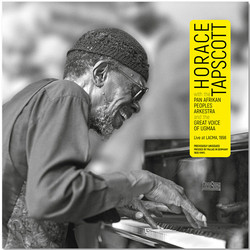Julius EastmanFeaturing: Mary Jane Leach
We Have Delivered Ourselves From the Tonal - Of, Towards, On, For Julius Eastman (Book)
2022 Repress * Softcover, English, 260 pages, B/W*An absolutely stunning achievement, “We Have Delivered Ourselves From the Tonal – Of, Towards, On, For Julius Eastman” - published by Archive Books and SAVVY Contemporary - gathers a collection of essays, librettos, lyrics, memories, photos, personal anecdotes by musicians, visual artists, researchers and archivers that pays homage to the work and life of African-American composer, musician, performer, activist Julius Eastman. Clocking in at 264 pages, with depth and sensitivity it radically expands the reading and understanding of his work, and is arguably the most important body of texts ever assembled relating to his life, thinking, and creative accomplishments.
Since his emergence onto the New York experimental scene during the 1970s, the life and work of Julius Eastman has been a series of small fires. As a man and an artist, he burned bright, readily wielding and succumbing to forces that makes fire what it is. Following his tragic early passing in 1990 at the age of 49, this spirit lay smoldering in the ashes for decades - forgotten or ignored - until a small handful of artists and friends began to send oxygen to coals, eventually becoming the growing flame that has surrounded his legacy over the last few years. While there’s been plenty written and said about Eastman and his work since, little has come close to depth, sensitivity, and grace embodied by the volume “We Have Delivered Ourselves From the Tonal – Of, Towards, On, For Julius Eastman” - a collection of writings around concepts beyond the predominantly Western musicological format of the tonal or harmonic. The project looks at the work of the African American composer, musician and performer Julius Eastman beyond the framework of what is today understood as minimalist music, within a larger, always gross and ever-growing understanding of it—i.e. conceptually and geo-contextually. By trying to complicate, deny or expatiate on the notions of the harmonic, tonal hierarchy, the triadic, or even the tonal centre, Eastman’s compositions explore strategies and technologies of attaining the atonal. One might be tempted to see Eastman in the legacy of Bartok, Schoenberg, Berg and others, but here too, it is worth shifting the geography of minimal tendencies and minimalism in music. It is worth listening and reading Eastman’s music within the scope of what Oluwaseyi Kehinde describes as the application of chromatic forms such as polytonality, atonality, dissonance as the fulcrum in analysing some elements of African music such as melody, harmony, instruments and instrumentation. Together with musicians, visual artists, researchers and archivers it aims to explore a non-linear genealogy of Eastman’s practice and his cultural, political and social weight while situating his work within a broader rhizomatic relation of musical epistemologies and practices.
This project, instigated and edited by the curator and writer Bonaventure Soh Bejeng Ndikung, features contributions by many of the most noteworthy contemporary scholars, artists, and thinkers attending to Eastman’s work, including Marie Jane Leach, George E. Lewis, Ndikung, and many others, as well as an astounding array of rarely seen documentary material and photographs. It’s easy one of the most important and striking explorations of the composer to date, and an absolute must for his fans, as well anyone interested in African American and queer creative practice, or minimal and experimental music.
The life, work, and legacy of Julius Eastman requires more thought and sensitivity than most. He was prodigy and genius who worked primarily within a context - Western Classical music - that was largely at odds with who he was as an outspoken African American, queer man, a position that has forever had effect on the perception and position of his work. Furthering this is the fact that what he left behind is incomplete - many of his scores having been lost - rendering an enduring, shadowy image of his accomplishments and life. Where it not for the valiant efforts of a small number of believers who refused to forget - most notably the composer Mary Jane Leach, who relentless tracked down what remained and help coordinate the first standalone release of his work, Unjust Malaise, in 2005 - it’s likely that his entire legacy would have disappeared for good.
Eastman’s resurrection belongs to a number of phenomena working in parallel. It couldn’t have happened as it has, without the emergence of a generation who was willing to challenge and reappraise history as they inherited it. The efforts have largely been visible via reissues and archival releases, but extending to so much more, including a growing willingness on the part of creative contexts to face and attempt to reconcile the bigotry hiding in their own pasts. To date, nothing has done this with such a head on force as Bonaventure Soh Bejeng Ndikung’s volume, We Have Delivered Ourselves From the Tonal – Of, Towards, On, For Julius Eastman”.
Gathering texts and interviews by Bonaventure Soh Bejeng Ndikung, Marie Jane Leach, George E. Lewis, Ndikung, Antonia Alampi, Rocco Di Pietro, Kodwo Eshun, Federica Bueti, Sean Griffin, Sumanth Gopinath, Jean-Christophe Marti, Josh Kun, Elaine Mitchener, Malak Helmy, Berno Odo Polzer, Pungwe, and Christine Rusiniak, among the most striking and important feature of “We Have Delivered Ourselves From the Tonal – Of, Towards, On, For Julius Eastman” is the volume’s attempt to broaden the approach to Eastman’s work beyond the boundaries within which it has largely been framed, partially regarding his race, sexual orientation, and position within the minimalist / post-minimalist canon, without failing to address those subjects. Not only are we faced with uniquely American composer who is black and queer, but one that bridges time, space, and culture, positioned on international terms.
While each writer and conversationalist moves into previously uncharted depths regarding Eastman’s life and work, offering unique, incredibly sensitive interpretations and deconstructions, perhaps the book’s most important feature is
the voice Eastman himself, heard in conversation with David Garland during 1984, as well as within the transcript to his introduction to the now infamous series of performances of the N* Series at Northwestern University in January of 1980, and his texts “Dear Joan” and “Composer as Weakling”, offering a rare opportunity for the composer’s voice to take centre stage and frame the reading of his work.
The volume is part of a series bringing together SAVVY Books and Archive Books in a collaboration based on the shared interest in a multiplicity of knowledges beyond the Western canon and a commitment to foster critical discussions and forge new collaborations and coalitions. Seeking to look beyond reductions and complications by focusing on Eastman’s practice as a composer, conductor, choreographer, pianist, performer and vocalist in relation not only to his person, but to his society and time at large, this publication is part of a three years-long investigation, and documentation project on Julius Eastman that includes a research exhibition called Let Sonorities Ring presented in 2017 and the exhibition project We Have Delivered Ourselves From the Tonal, presented in 2018 with the discursive/performative programme Eastman Invocations.
This is the kind book on Julius Eastman that we’ve been waiting on for a long time. A staggering piece of work that brings the composer and his sounds to life before our eyes, not to mention that it’s a truly immersive and fascinating read that’s chock full of incredible photographs, scores, and other archival material. Impossible to recommend enough, we only have a limited number of copies, so move fast.
